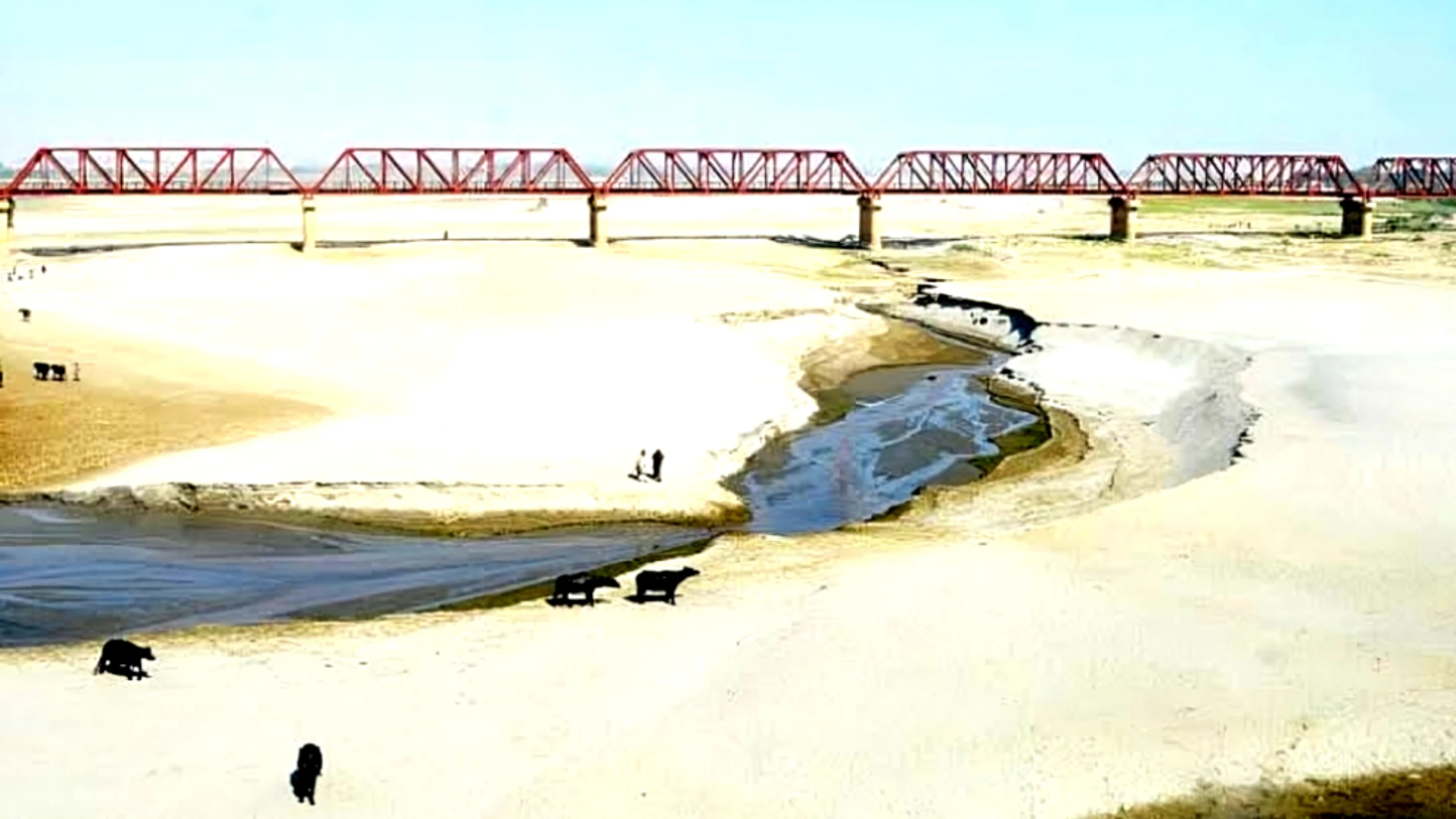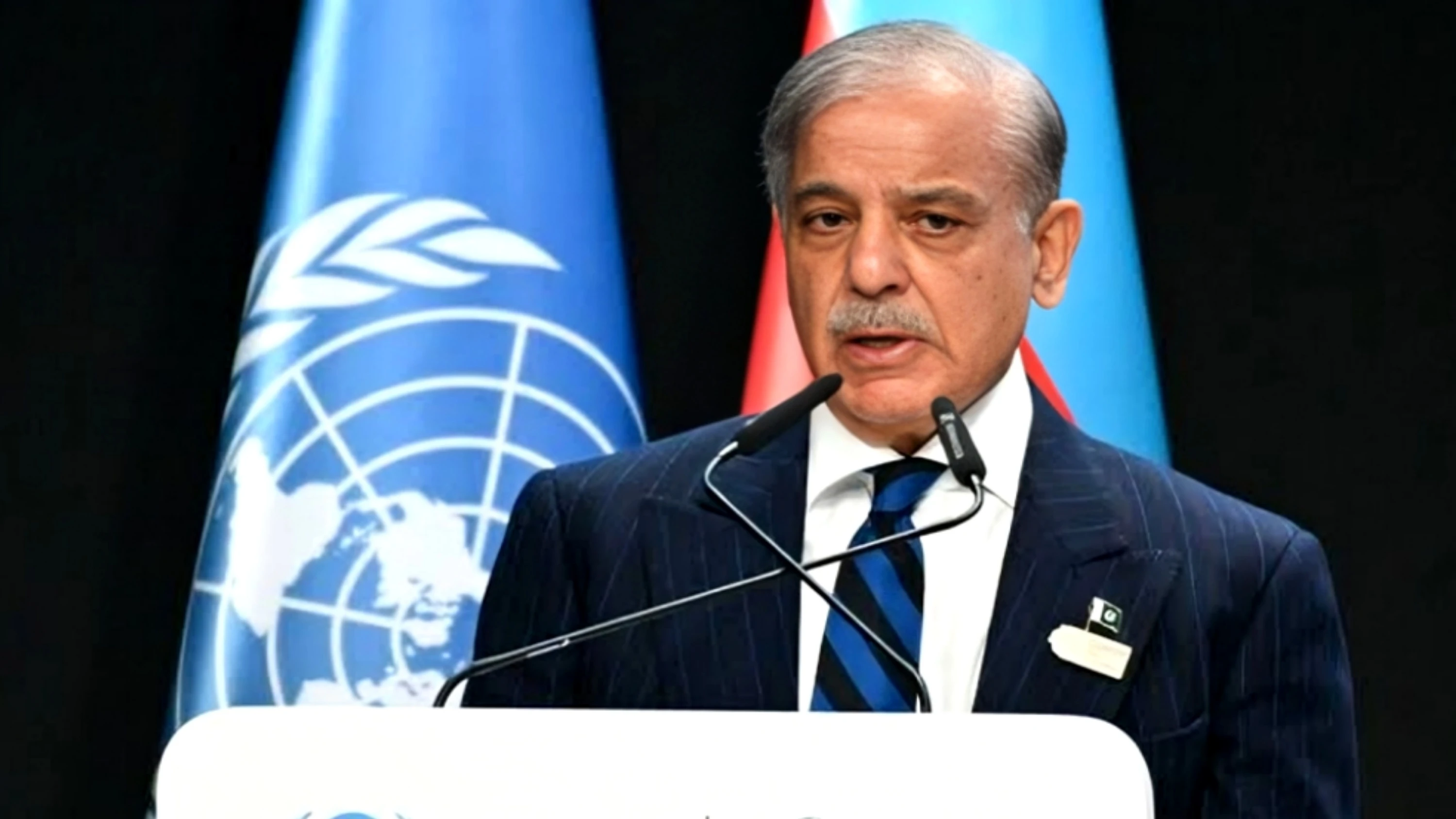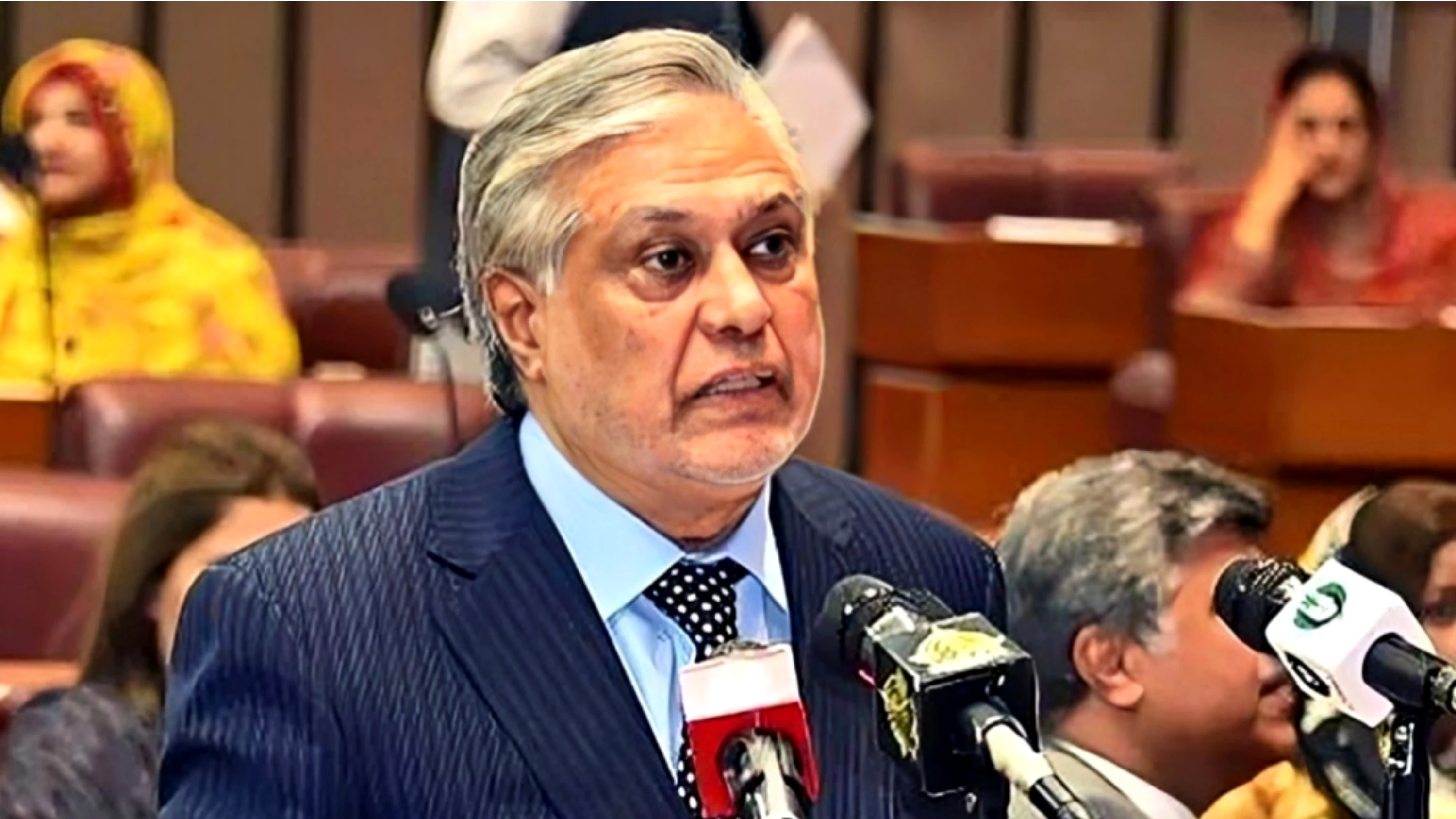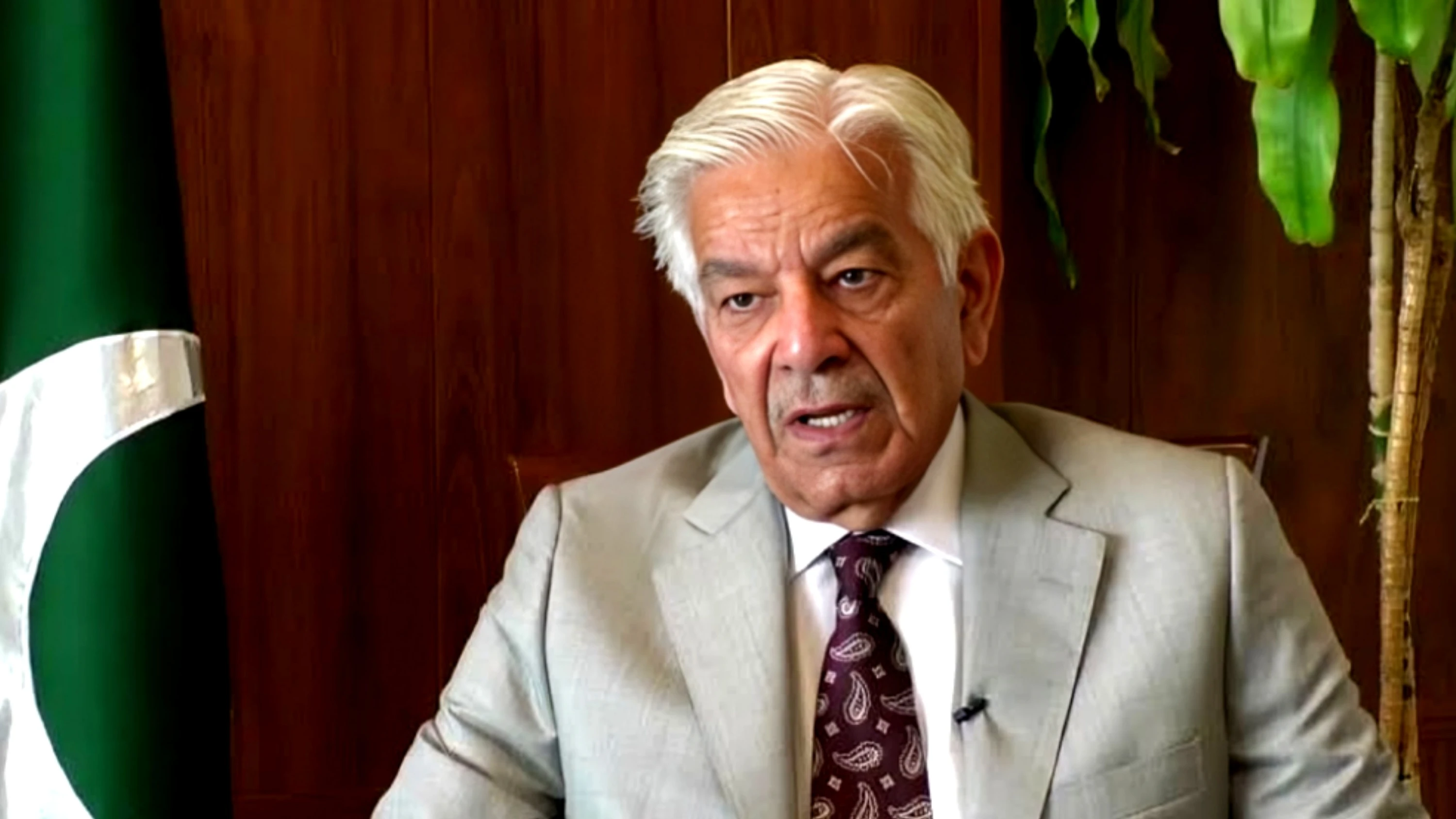Islamabad: As the Kharif season is set to begin in a few days, concerns over an extraordinary water shortage are making it difficult for irrigation experts to plan water distribution for the entire season.
According to official, there is no water in the dams, river flows have decreased, and the lower snow reserves in the mountains are not providing sufficient runoff, posing serious consequences for crop production.
In a meeting of the Indus River System Authority (IRSA) Advisory Committee, it was decided that for the month of April, water supply will be limited to drinking purposes only, after which the situation will be reassessed.
This is a rare occurrence where the water regulator has introduced monthly water release parameters, whereas, in the past, water distribution was usually divided into three phases per season.
The meeting revealed that due to a lack of water storage in all three major reservoirs, water discharge at rim stations fell short by 51%, and by the time it reached provincial canal heads, the shortfall exceeded 60%.
A government statement mentioned that the IRSA Advisory Committee (IAC), considering uncertain climate parameters and the summer 2025 forecast by the Pakistan Meteorological Department (PMD), approved water availability for only the month of April, noting an expected 43% system shortfall.
The IAC meeting was chaired by IRSA Chairman and Khyber Pakhtunkhwa Member, Sahibzada Muhammad Shabbir, and approved the expected water availability for Kharif season (April 1 - September 30).
It was attended by all IRSA members, the Chief Engineering Advisor, provincial irrigation secretaries, and senior officials.
A review of the Rabi 2024-25 (October-March) system operation showed that water shortage was 18%, slightly higher than the 16% projected earlier, but the committee expressed satisfaction with the management.
The official statement highlighted that below-average rainfall and above-normal temperatures are expected in the northern and southern regions of the country during April, May, and June.
PMD also reported below-normal snowfall in the Sindh and Jhelum river catchments, recording 26.8 inches instead of the usual 49.7 inches.
Both Sindh and Punjab agreed to allocate water only for April to manage their irrigation demands, with a decision on further distribution to be made later.
However, Sindh objected to the controversial Three-Tier Water Distribution Formula, demanding that water allocation be based on Para 2 of the Water Accord, estimating that water shortage in April could exceed 55%.
The Kharif cropping season runs from April to September, with key crops including rice, sugarcane, cotton, maize, and mash (black gram).








